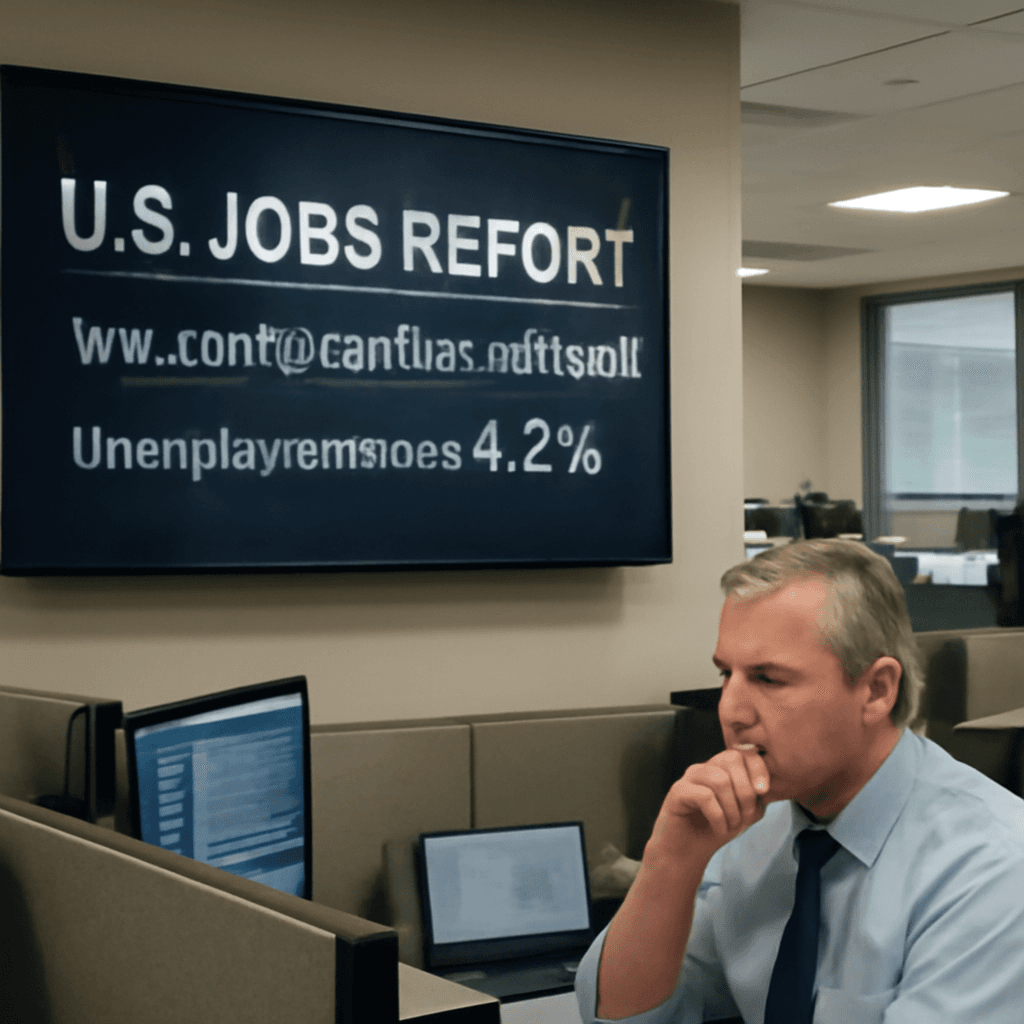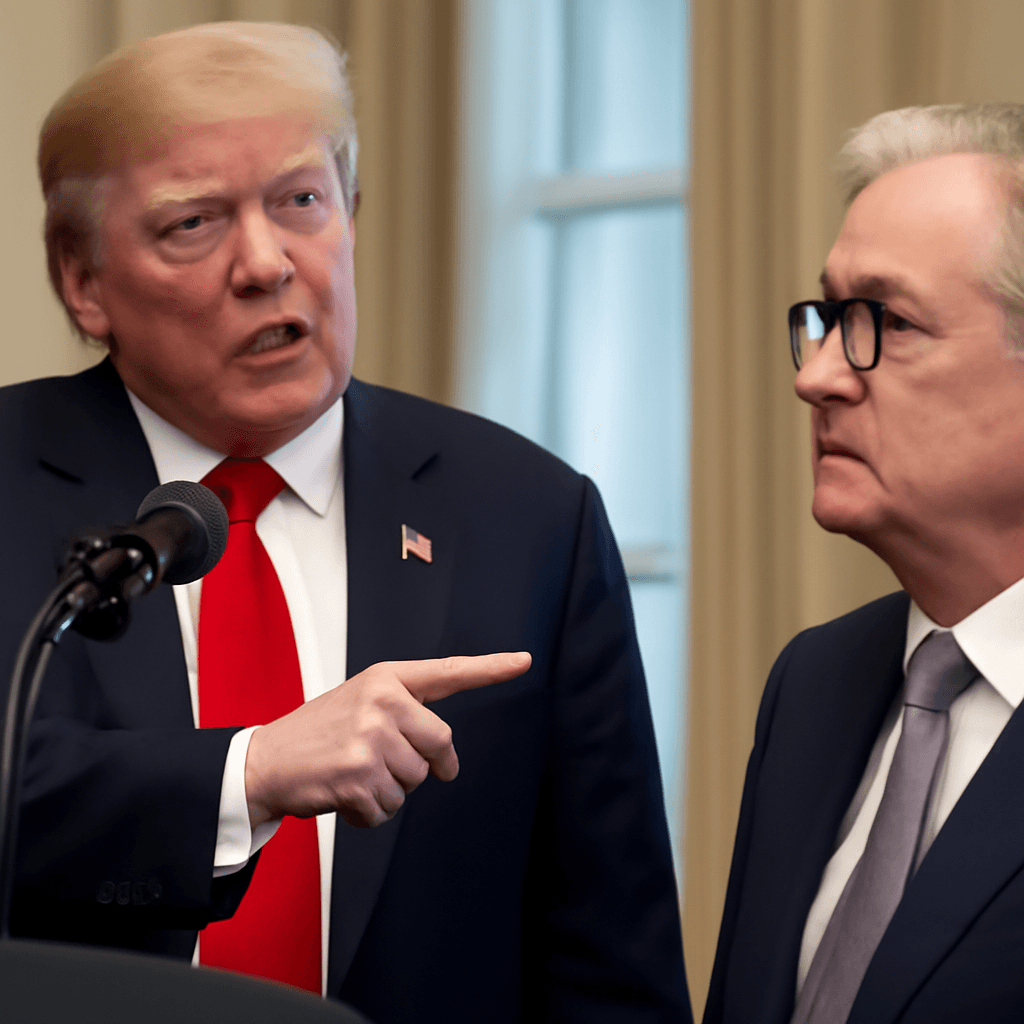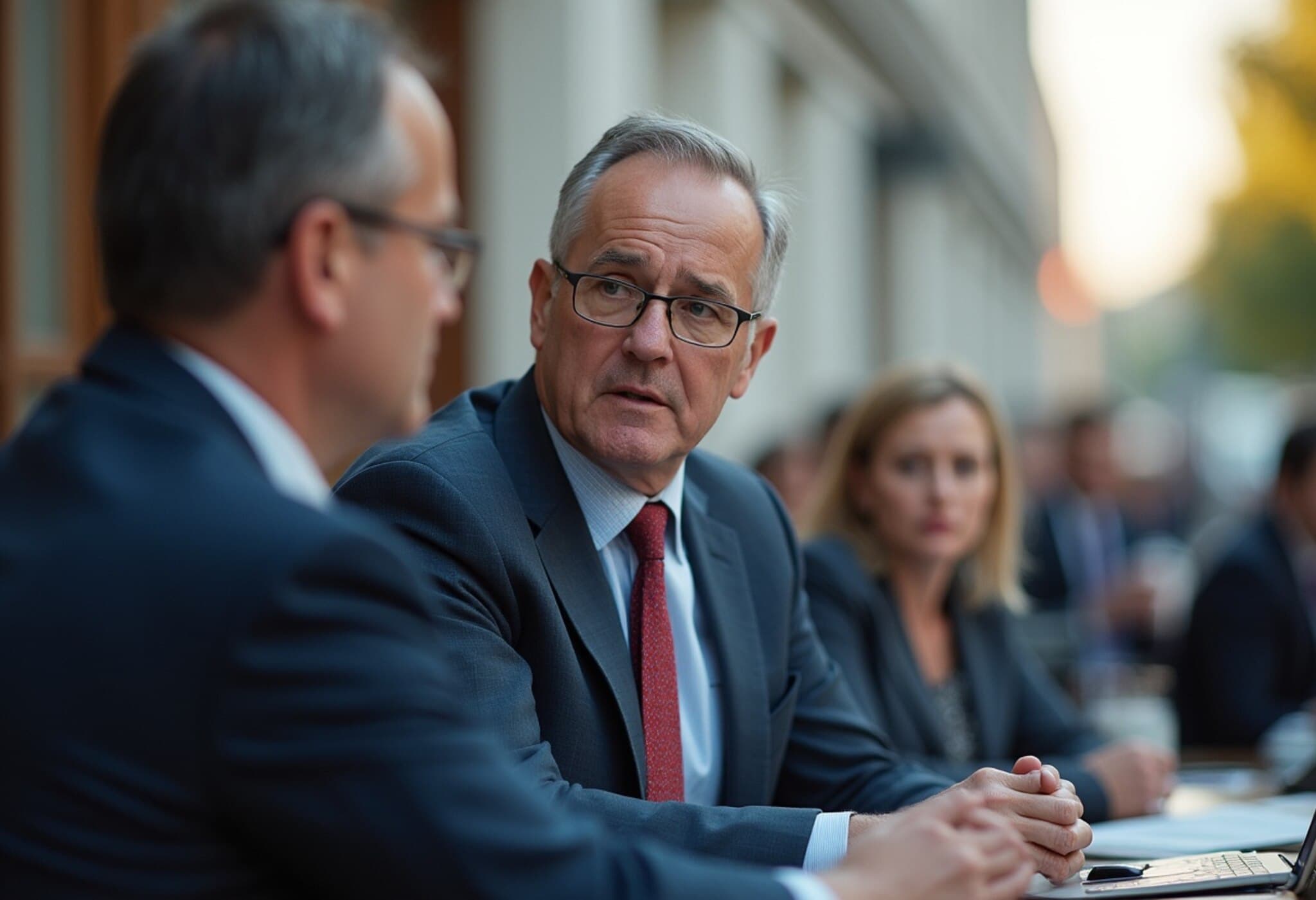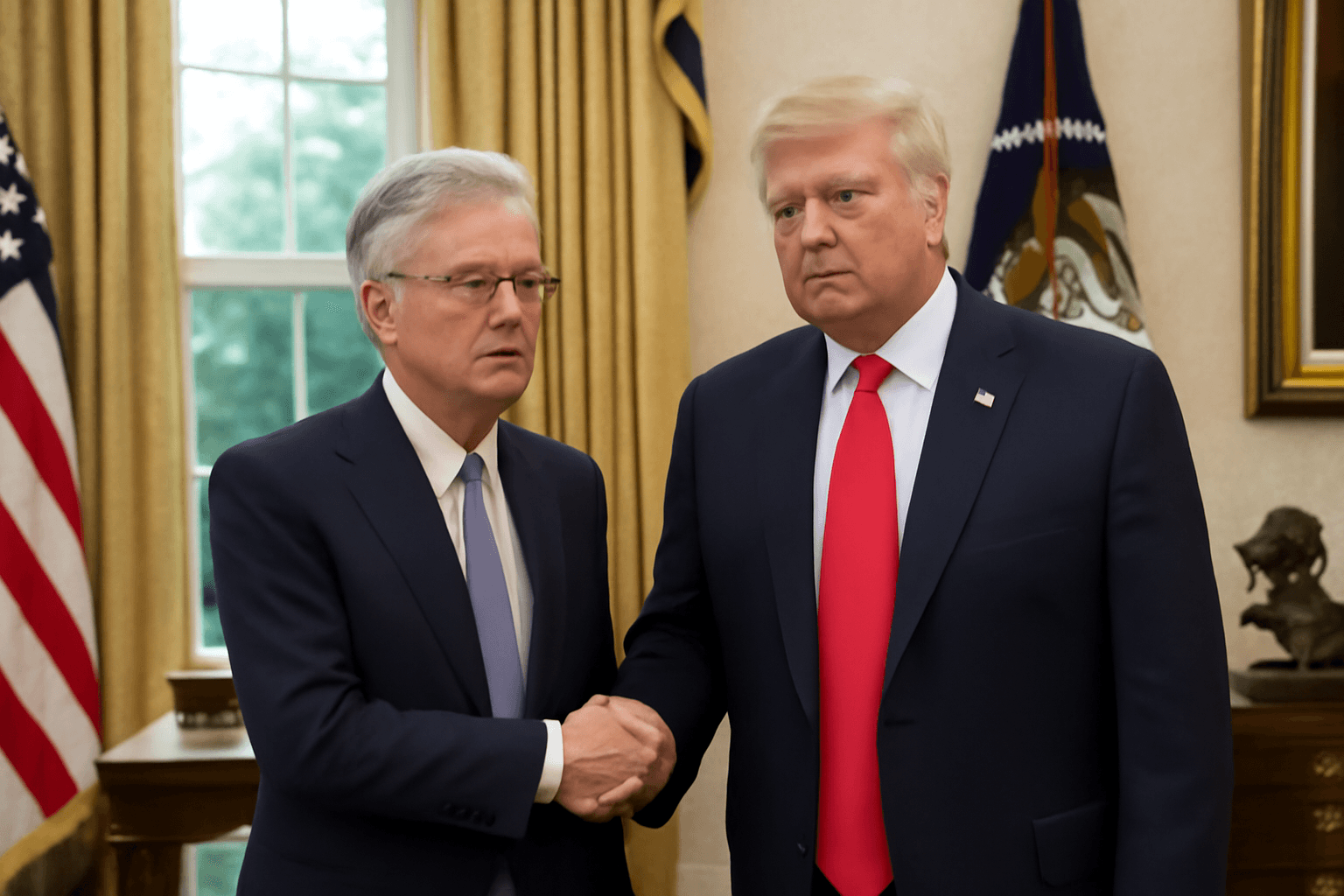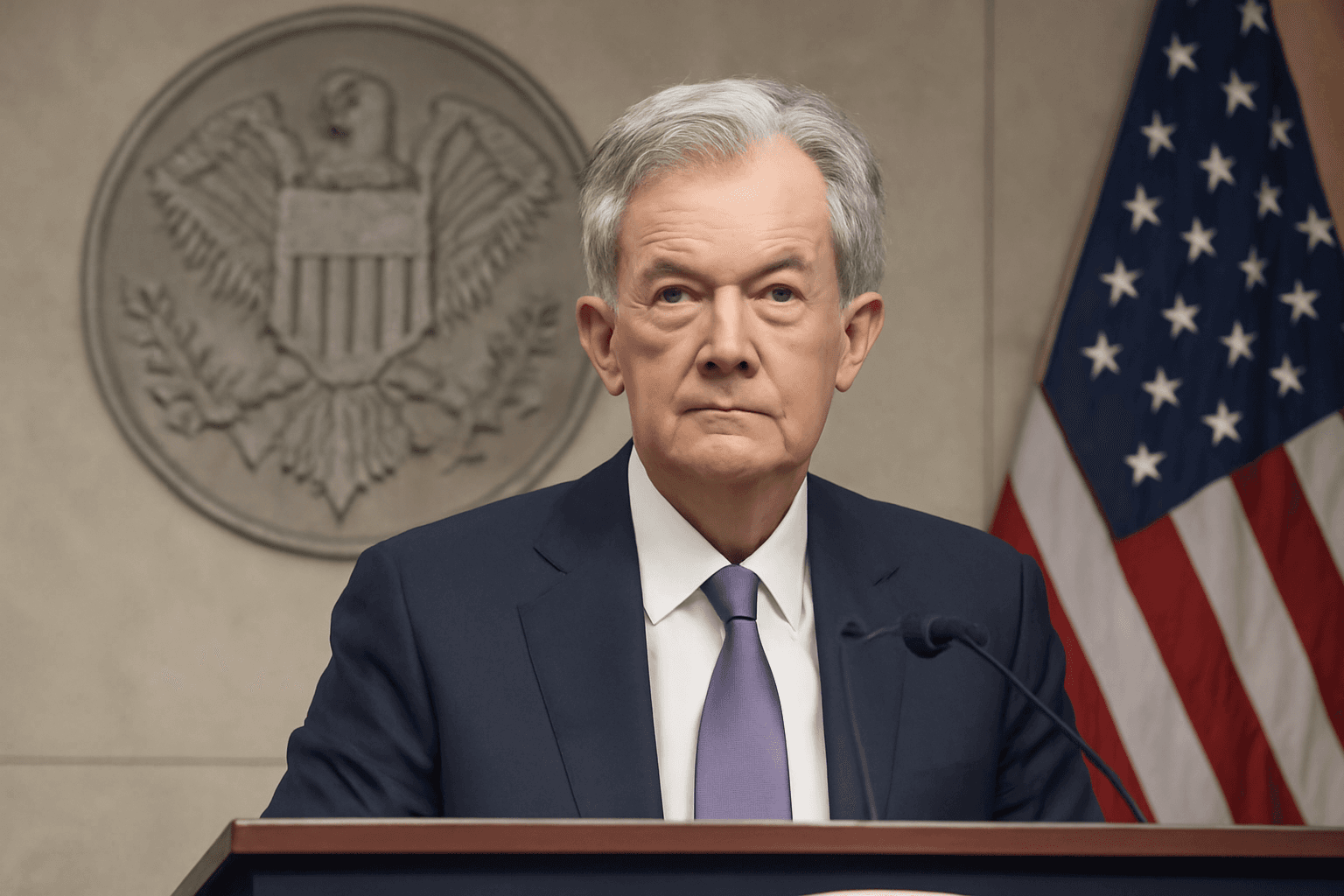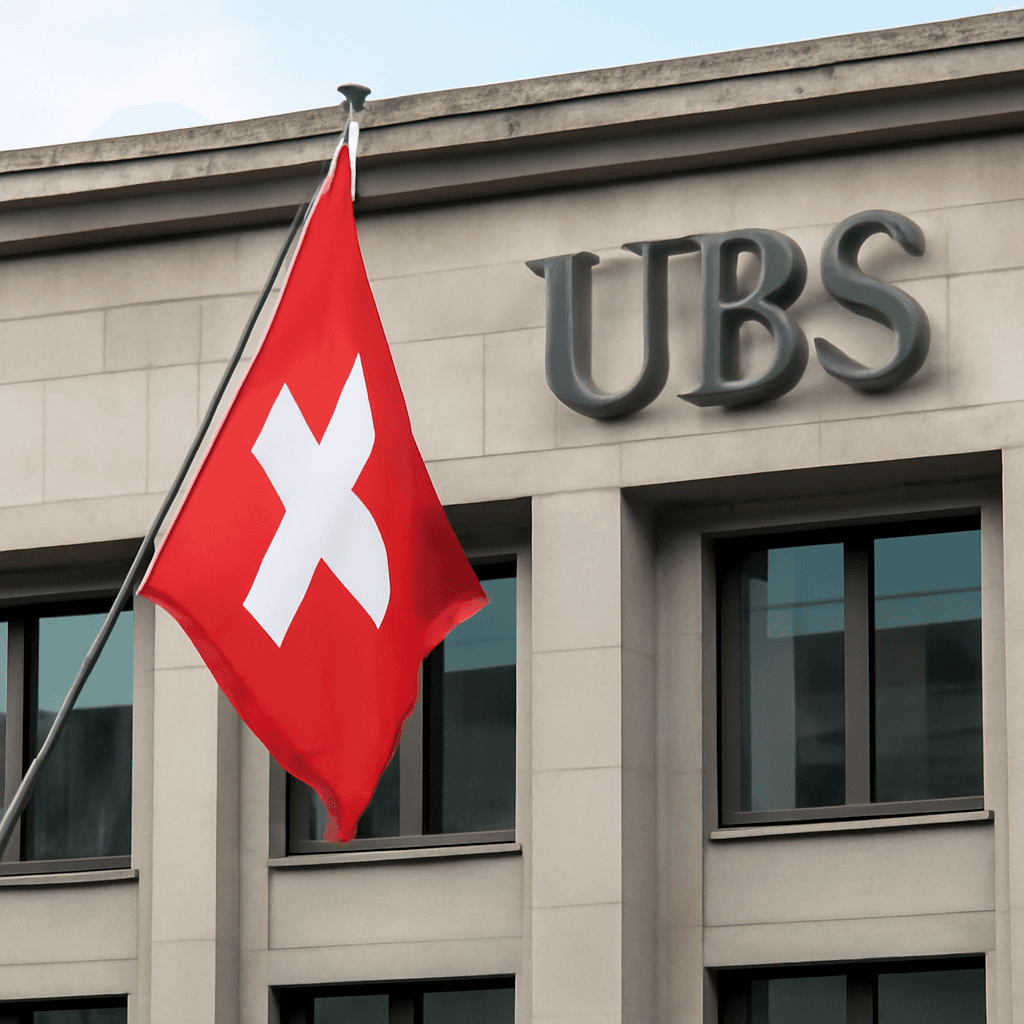US Job Market Shows Unexpected Strength in May
The US labor market demonstrated resilience in May as nonfarm payrolls increased by 139,000, surpassing the forecasted 125,000. This figure was slightly below the revised 147,000 jobs added in April. Despite concerns about tariffs and a slowing economy, job creation remained robust, maintaining the unemployment rate at a steady 4.2%.
Wage Growth Exceeds Projections
Average hourly earnings rose by 0.4% in May and showed a 3.9% increase year-over-year, outpacing expectations of 0.3% monthly growth and 3.7% annually. This wage growth underlines ongoing strength in the labor market’s compensation trends despite economic uncertainties.
Sector Contributions to Job Gains
Nearly half of the monthly job increase originated from the health care sector, which added 62,000 jobs, surpassing its average monthly gain of 44,000 over the past year. Other notable contributors included:
- Leisure and hospitality: +48,000 jobs
- Social assistance: +16,000 jobs
Conversely, the government sector experienced a loss of 22,000 jobs, reflecting efforts to reduce federal workforce numbers.
Labor Force Dynamics and Survey Variations
The household survey, which measures unemployment, revealed contrasting figures with a decline of 696,000 workers, with full-time employment falling by 623,000 while part-time workers increased by 33,000. Additionally, revisions to previous months adjusted March and April’s payroll counts downward by 65,000 and 30,000 respectively.
Economic Context and Outlook
While the current data indicates a labor market standing firm amid economic pressures, concerns remain about the impact of tariffs and potential inflationary pressures. Consumer and business sentiment remains cautious, awaiting the broader effects of trade policies.
The Federal Reserve approaches its upcoming policy meeting with a focus on inflation risks related to tariffs. Market expectations lean towards maintaining current interest rates, with policymakers adopting a patient stance amid the evolving economic landscape.
Overall, the report highlights a robust US labor market, but economic headwinds suggest careful monitoring in the months ahead.

